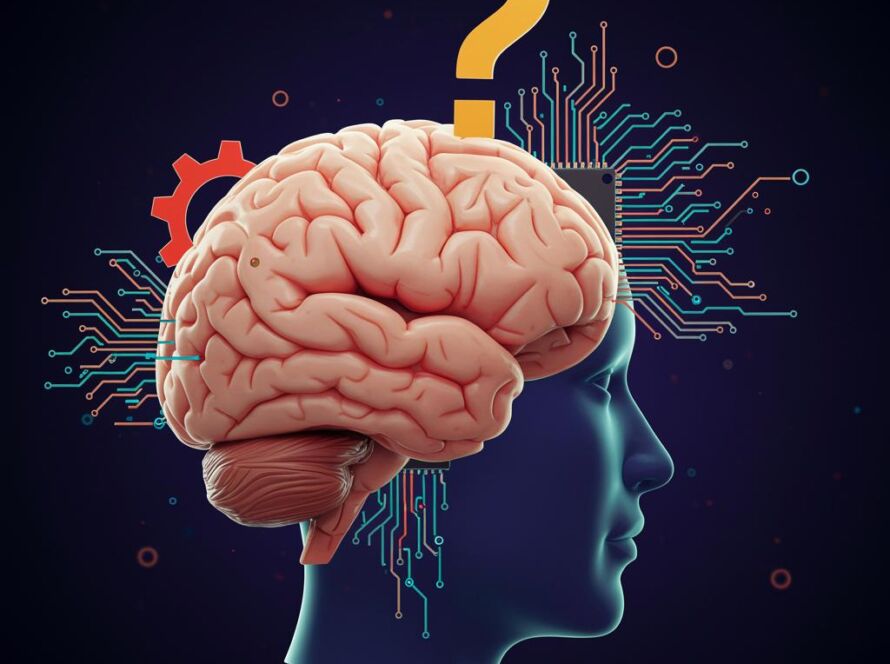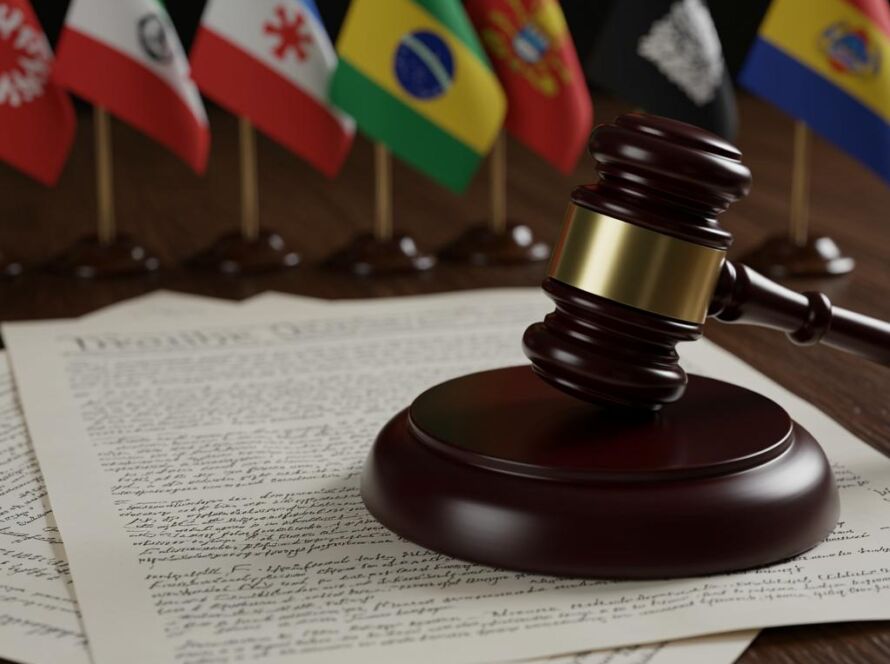Media Analysis Framework: Your Guide to Effective Analysis
Media Analysis Framework: A Comprehensive Guide
In today’s information-saturated world, understanding the nuances of media messages is crucial. A media analysis framework provides a structured approach to dissect media content, uncover hidden meanings, and evaluate its impact. This post explores the key components of an effective framework, offering practical insights for analyzing various forms of media.
Key Components of a Media Analysis Framework
A robust framework should encompass several key aspects to ensure a thorough analysis.
1. Textual Analysis
This involves examining the explicit content of the media. Consider the following:
- Word Choice: Analyze the language used, including tone, connotations, and persuasive techniques. Is the language formal or informal? Does it appeal to emotions or logic?
- Structure and Narrative: How is the information presented? Is there a clear narrative arc? What is the overall message being conveyed?
- Imagery and Symbolism: Identify any visual elements and their potential symbolic meanings. How do these elements contribute to the overall message?
2. Audience Analysis
Understanding the intended audience is critical. Consider these points:
- Demographics: Who is the target audience (age, gender, socioeconomic status, etc.)? How does the media tailor its message to appeal to this specific group?
- Psychographics: What are the values, beliefs, and lifestyles of the target audience? How does the media connect with these aspects?
- Impact on Audience: What is the intended effect on the audience (e.g., inform, persuade, entertain)? How might different audiences interpret the same message?
3. Production Context
Analyzing the creation and distribution of the media is essential.
- Ownership and Funding: Who owns and funds the media outlet? How might this influence the content produced?
- Production Techniques: What techniques are used (e.g., camera angles, editing, music)? How do these techniques shape the message?
- Distribution Channels: How is the media distributed (e.g., social media, television, print)? How does the distribution method influence its reach and impact?
4. Social and Historical Context
Placing the media within its broader context provides valuable insights.
- Social Issues: What social or political issues are relevant to the media? How does the media reflect or contribute to these issues?
- Historical Context: How does the historical period influence the creation and reception of the media?
- Cultural Influences: What cultural values and beliefs are reflected in the media?
5. Ethical Considerations
Finally, consider the ethical implications of the media.
- Bias and Objectivity: Does the media present a balanced perspective? Are there any biases present?
- Representation: How are different groups represented in the media? Are there any stereotypes or misrepresentations?
- Impact on Society: What is the potential impact of the media on individuals and society as a whole?
Conclusion
A comprehensive media analysis framework provides the tools to critically examine media messages and understand their influence. By systematically considering the textual elements, audience, production context, social-historical context, and ethical considerations, we can develop a deeper understanding of the power and impact of media in our lives. Applying these principles will empower you to become more discerning media consumers and active participants in the ongoing dialogue surrounding media influence.



